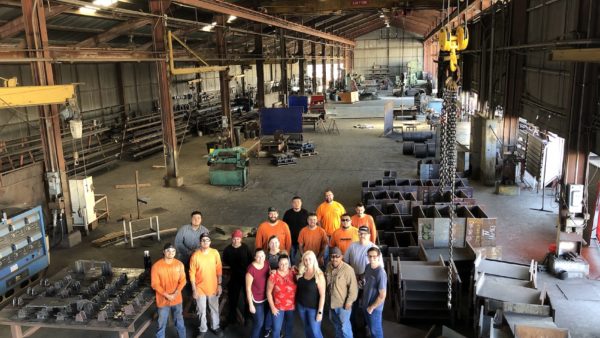By Dan Smith in Ghana

It may seem cynical to say, but meeting the Millennium Development Goals for sanitation provides a significant investment opportunity. There’s money to be made, jobs to be created and, of course, health to be improved.
At the moment 2.6 billion people – 40% of the world – live without ‘improved sanitation’. That’s a technical term, meaning sanitation systems that “hygienically separate human excreta from human contact”. It means flushing toilets connected to piped sewers, or septic tanks, or pit latrines of varying types.
According to a new report by the World Health Organisation and Unicef the number of people practising open defecation is still increasing in 26 of 44 countries in sub-Saharan Africa, while it is declining steadily in most other areas of the world. Contaminated water and poor sanitation are linked to the transmission of diseases such as cholera, diarrhoea, dysentery, hepatitis A and typhoid.
Constructing toilet facilities for 2.6 billion people – that’s a huge market. The cheapest and simplest system is pit latrine, but the most desirable is the flushing toilet.
In Kampala, Uganda, only 6% of the city is served by sewers, Uganda’s National Water and Sewerage Company told me.
So it stands to reason that 94% of the city is served by onsite facilities of some sort, in most cases, pit latrines.
Pit latrines in cities create an engineering challenge, because they have to be emptied. A pit latrine was never really intended to be emptied. It was a solution for rural areas that have a lot of space so you could cover it over, build another somewhere else, and leave the stuff to rot as nature intended – safe from human contact.
In a city, space constraints prohibit this. Also, the majority of poor people (70% of Kampala’s population) are tenants who will not be investing in permanent facilities.
So, how do you empty a pit latrine? The standard method is either for a man to get in with a bucket or, if it’s a raised latrine, knock a hole in the wall, and drain.
In both instances the sludge finds its way into the surrounding area which negates the original health benefit.
It also costs a lot to persuade somebody to do such a job, but people do pay for such services.
The problem with a standard pit latrine is that the walls of the pit are soil, and so are permeable. Water can seep out. And the inputs are not just people spending a penny. Rubbish gets in, as do rain and run-off. Sludge gets digested, and gas is produced.
As the pit fills it undergoes various physical and biological processes that depend on environmental factors such as the bacteria present in the soil or faeces and the water content.
All this means it’s an open system, where the inputs and outputs are difficult to quantify.
To make matters worse for a pit emptier, over time the content separates, with a thick sludge settling on the bottom and a liquid layer on top. It’s difficult to measure these layers because, well, who wants to get in there with a measuring stick?
The engineering challenge is fascinating!
The challenge has been taken up, though, and solutions are being created.
Some of the simplest solutions are manual pumps being developed by Engineers Without Borders UK (EWB-UK) and Water For People in Uganda. These allow an pit-emptying entrepreneur to set up a business for as little as $500.
EWB-UK also had a hand in developing portable vacuum pumps with Partners in Development in Ethikwini in South Africa.
Then there is the technical tours de force coming out of the “Omni-Ingestor” programme, which, funded by the Bill and Melinda Gates Foundation, is developing low-cost approaches for processing fecal sludge and turning it into forms of energy or fertilizers.
Another challenge is de-watering the sludge, and a unit is being developed for that. This is necessary because sludge can be up to 95% water and water is heavy, so moving it is expensive. Between 50% and 84% of the operational costs of standard vacuum tankers is swallowed up by fuel costs.
What about factoring out the pit altogether? This is what Clean Team is doing in Kumasi, Ghana. They developed an individual chemical toilet which is rented to low-income households at a rate that is cheaper than using a public toilet. Each unit has a sealed cartridge which is regularly replaced with a clean cartridge, pre-dosed with chemicals.
From an engineering point of view, the beauty of this is that the system that was open in a pit latrine is now closed. The amount of time that the sludge sits in the system, the physical, and biochemical properties of the sludge can all be analysed and estimated.
Furthermore, by containing the sludge in a sealed unit there is no human contact and the logistics becomes a matter of transporting clean sealed barrels rather than thick liquid.
Due to various socio-economic reasons, however, Clean Team’s toilets may not be suitable or preferable to all of the billions of people that require not just improved facilities but dignified and aspirational ones – one which they would be prepared to spend money on.
There is no one-size-fits-all solution which means there is competition in the market, which breeds innovation, growth and return on investments. Good, sustainable, ethical, moral and profitable investments.
• Dan Smith, a civil and environmental engineer, is placement manager for Engineers Without Borders UK. He recently worked with Clean Team Toilets in Kumasi, Ghana










